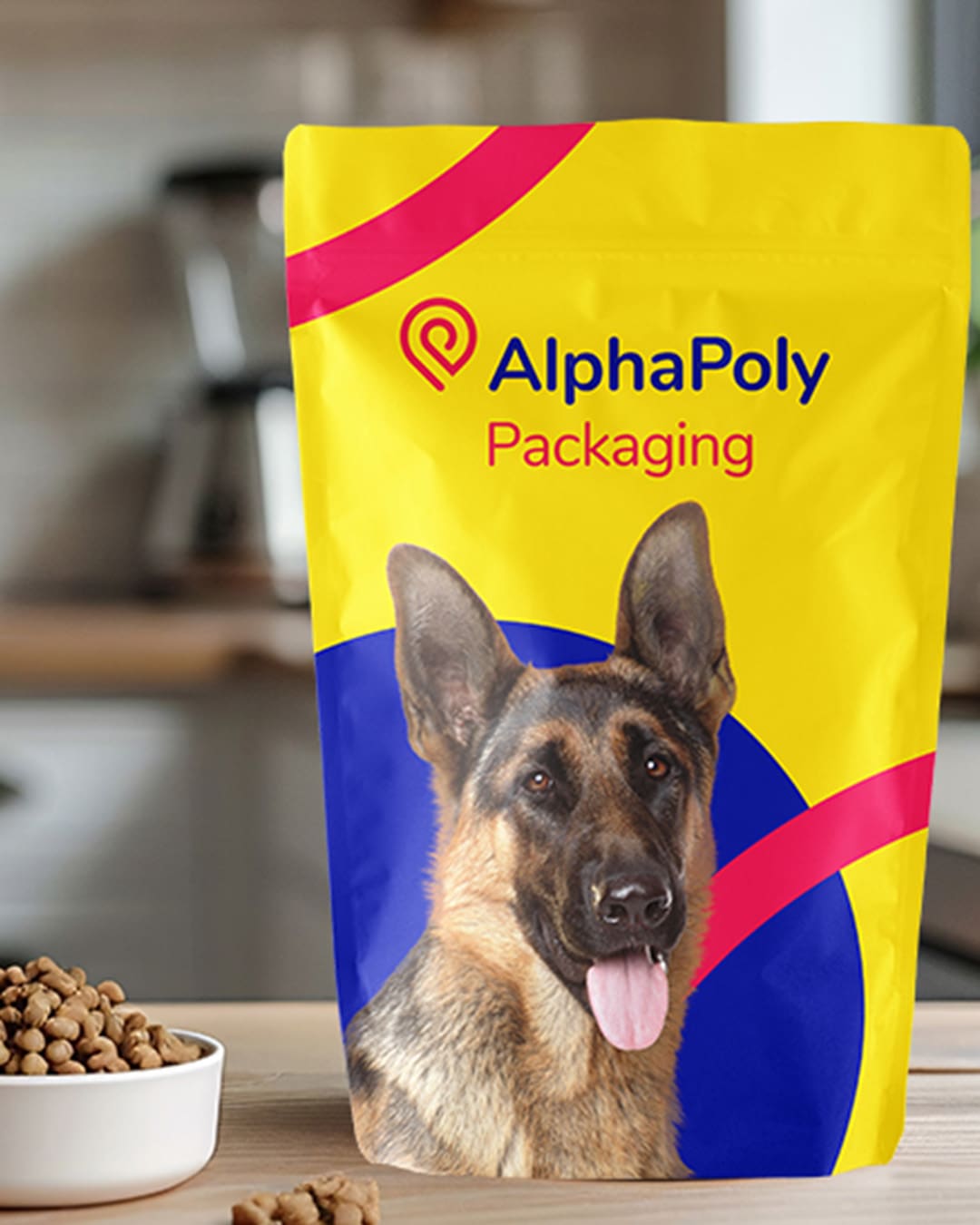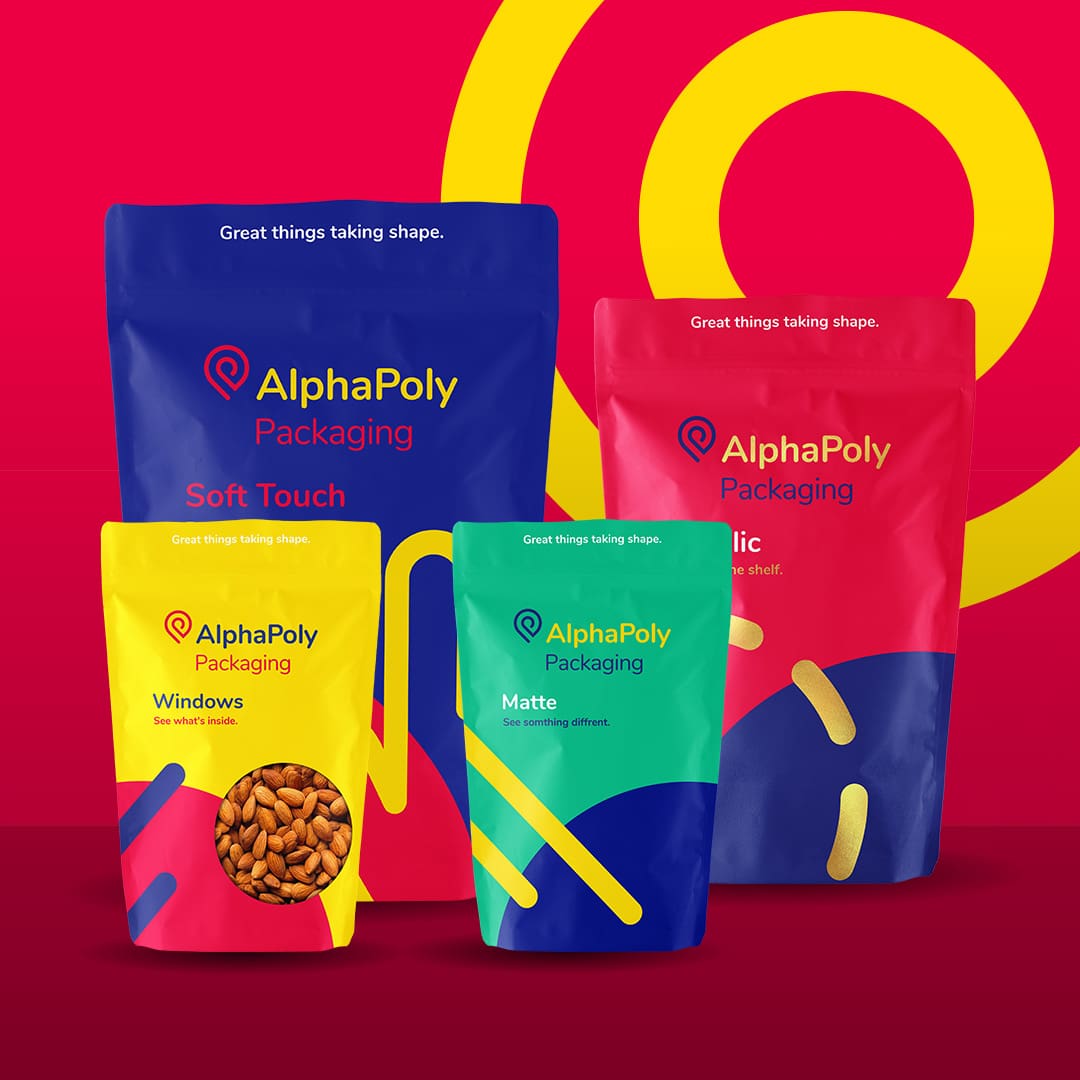A brand’s product packaging is the first thing their consumers see on a store shelf or e-commerce site. It is a brand’s opportunity to engage visually with a consumer to purchase their product over the one sitting next to it on the shelf. Simply put, packaging is an integral part of how a brand can build awareness about a product and increase sales to new customers.
When considering the various options of bags, boxes, and pouches available for product packaging one solution continues to grow in popularity with brands and consumers alike – flexible packaging. Flexible packaging is lightweight, environmentally friendly, offers a variety of sizes and designs, and has multiple options for product protection.
According to the Flexible Packaging Association (FPA), flexible pouches weigh 88% less than the “old-style” #10 can, 354 empty pouches can be stored or shipped in the same space as 12 glass jars, and there is a 97% reduction in storage or shipping space. The FPA notes that a reduction in raw material distribution and storage means fewer trucks, less fuel, and less greenhouse gas emissions.
Less packaging volume also means less waste in landfills. As packaging technologies advance, poly films become stronger, thinner and have the potential to be biodegradable.
The benefits of flexible packaging for consumers include easy opening and resealing with zipper closures, handles for carrying, and leak proof storage. For brands marketing to consumers, it increases shelf presence and has a wide variety of “eye-catching” graphics and finishes. Printing offers brands custom, high-resolution graphics that help build customer awareness and increase shelf presence visibility over competitors. Other options such as matte finishes that appeal to health food consumers allow brands to create market segment appeal as well.
For brands, the appeal also lies in the “flexibility” of flexible packaging. From various forms such as pouches, bags, and roll stock to lamination of barrier layers for product protection the options keep growing.
Lamination packaging technologies can extend the shelf life of a product and prevent spoiling by creating an enhanced layer of barriers that prevent exposure to oxygen. Depending upon the laminating materials packaging can be vacuum sealed or allow for breathability.
Newer technologies have brought foils into the realm of flexible packaging options. Foils have a low oxygen transmission rate and vapour transmission rate and are particularly appealing to manufacturers who need extended product shelf life.
With all the benefits that flexible packaging has to offer it is clear why it is quickly becoming the packaging solution for many industries.
For your flexible packaging needs contact a Sales Rep today at Alpha Poly Packaging Done Right!





